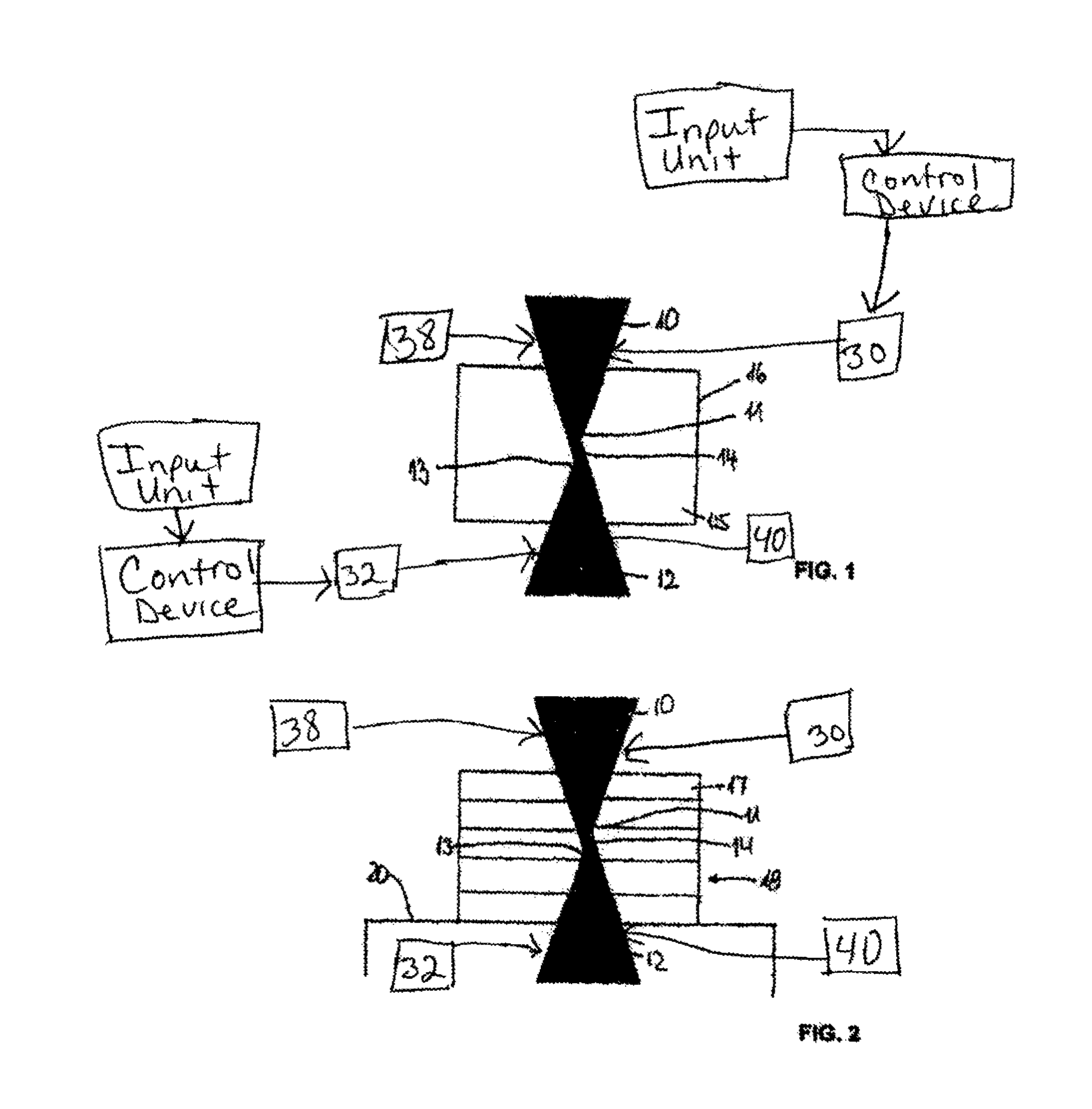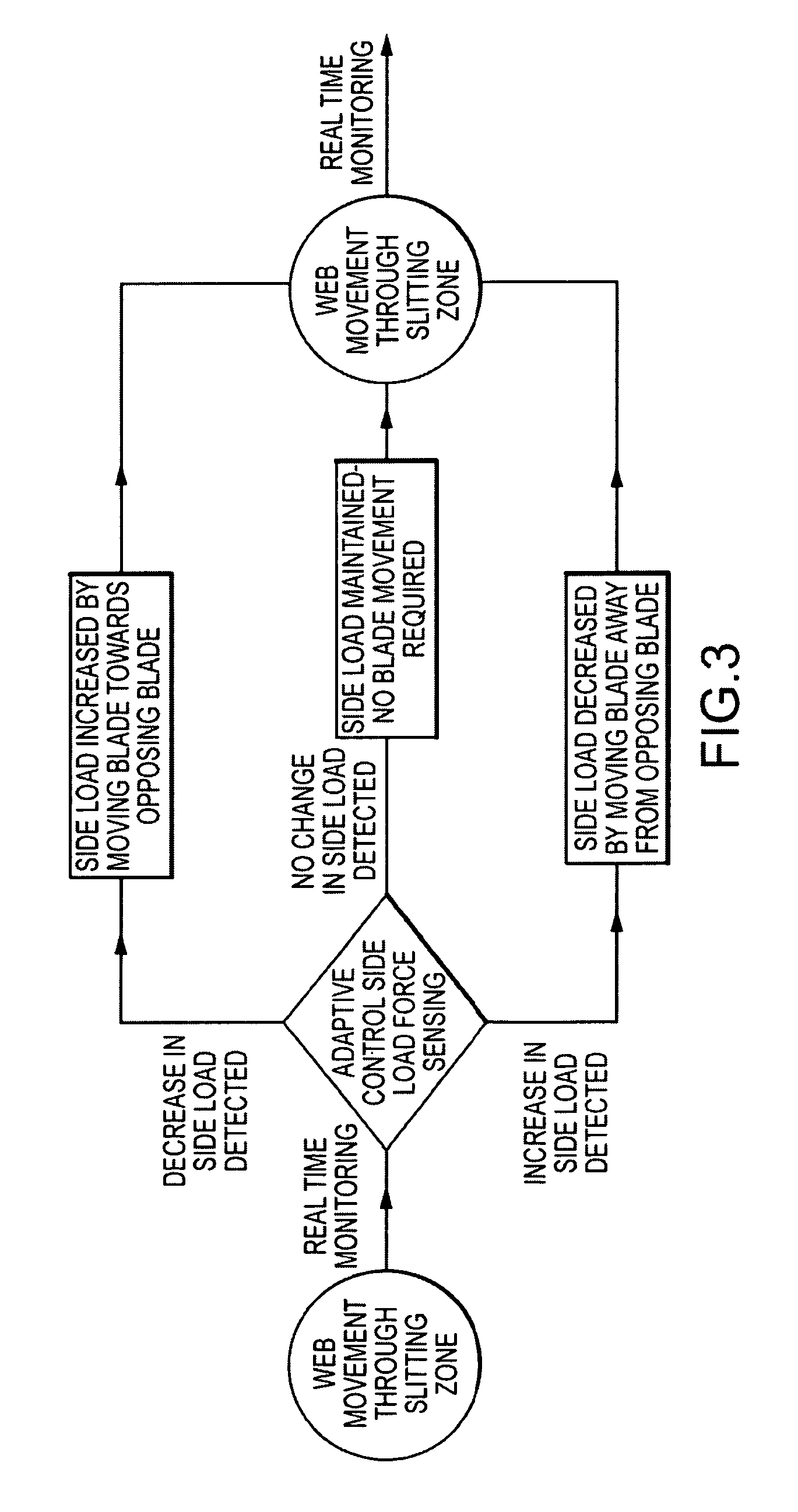Cutting arrangement having a tip-to-tip blade arrangement
a cutting arrangement and tip-to-tip blade technology, applied in the direction of metal-working machine components, metal-working apparatus, manufacturing tools, etc., can solve the problem of regularly registering poor cut quality
- Summary
- Abstract
- Description
- Claims
- Application Information
AI Technical Summary
Benefits of technology
Problems solved by technology
Method used
Image
Examples
Embodiment Construction
[0021]As can be seen from FIG. 1, the blade or cutting arrangement, which is provided for cutting a band or length of material 15 having a great material thickness 16, is comprised of an upper blade 10 and a lower blade 12, whereby each of the upper blade 10 and lower blade 12 has a sharp blade or cutting edge 11 or 13 respectively. In this connection, upper blade 10 and lower blade 12 are disposed or positioned relative to one another in such a way that an overlap zone 14 of the two cutting edges 11, 13 results. To achieve the best possible cutting result, upper blade 10 and lower blade 12 are positioned in such a way that the center of the overlap zone 14 is disposed in the middle of the material thickness of the length of material 15.
[0022]In the embodiment illustrated in FIG. 2, the material that is to be cut or divided by the upper blade 10 and the lower blade 12 is comprised of a stack 18 of individual bands or lengths of material 17 that are disposed one above the other and t...
PUM
| Property | Measurement | Unit |
|---|---|---|
| constant side load force | aaaaa | aaaaa |
| diameter | aaaaa | aaaaa |
| rotational surface speeds | aaaaa | aaaaa |
Abstract
Description
Claims
Application Information
 Login to View More
Login to View More - R&D
- Intellectual Property
- Life Sciences
- Materials
- Tech Scout
- Unparalleled Data Quality
- Higher Quality Content
- 60% Fewer Hallucinations
Browse by: Latest US Patents, China's latest patents, Technical Efficacy Thesaurus, Application Domain, Technology Topic, Popular Technical Reports.
© 2025 PatSnap. All rights reserved.Legal|Privacy policy|Modern Slavery Act Transparency Statement|Sitemap|About US| Contact US: help@patsnap.com



